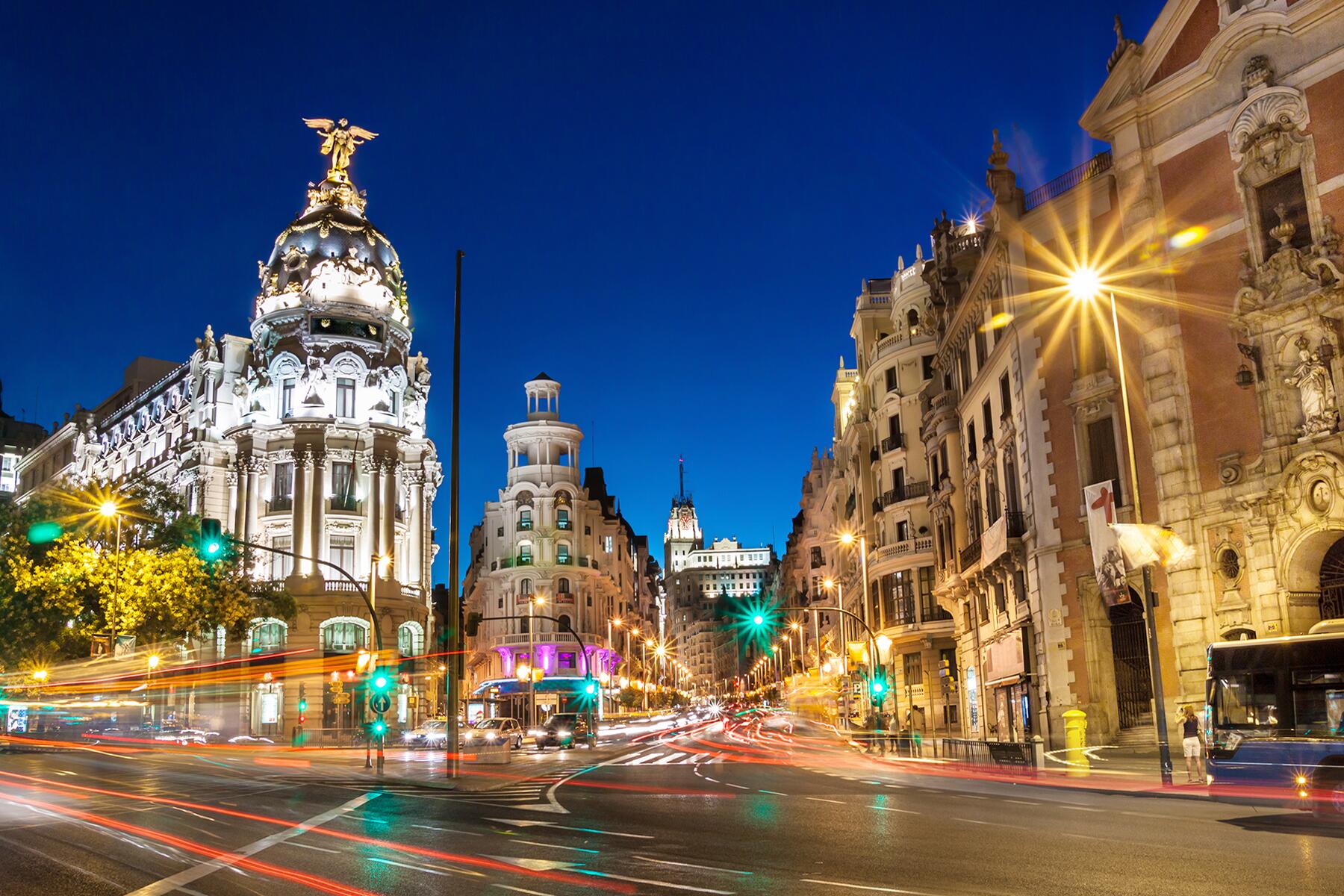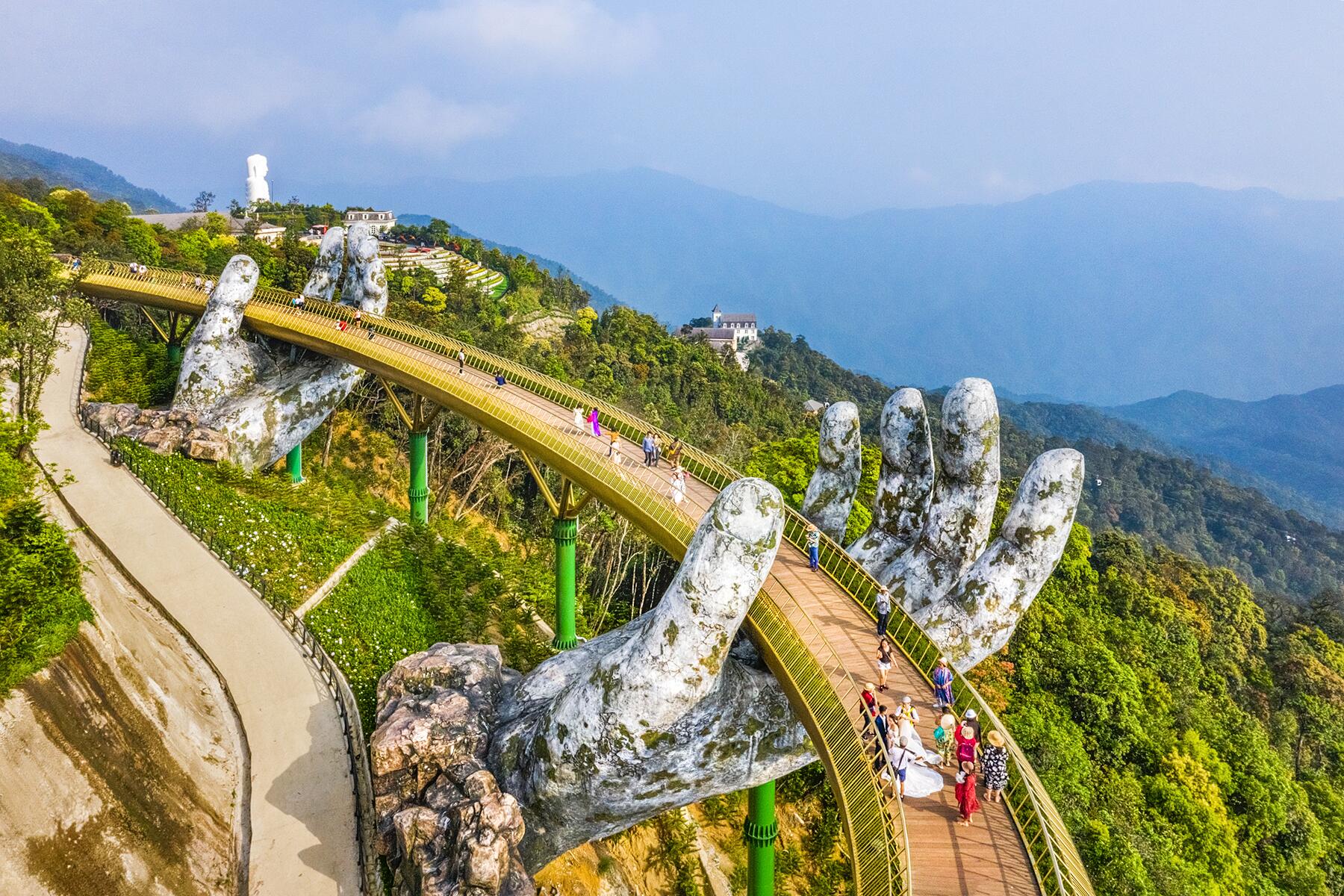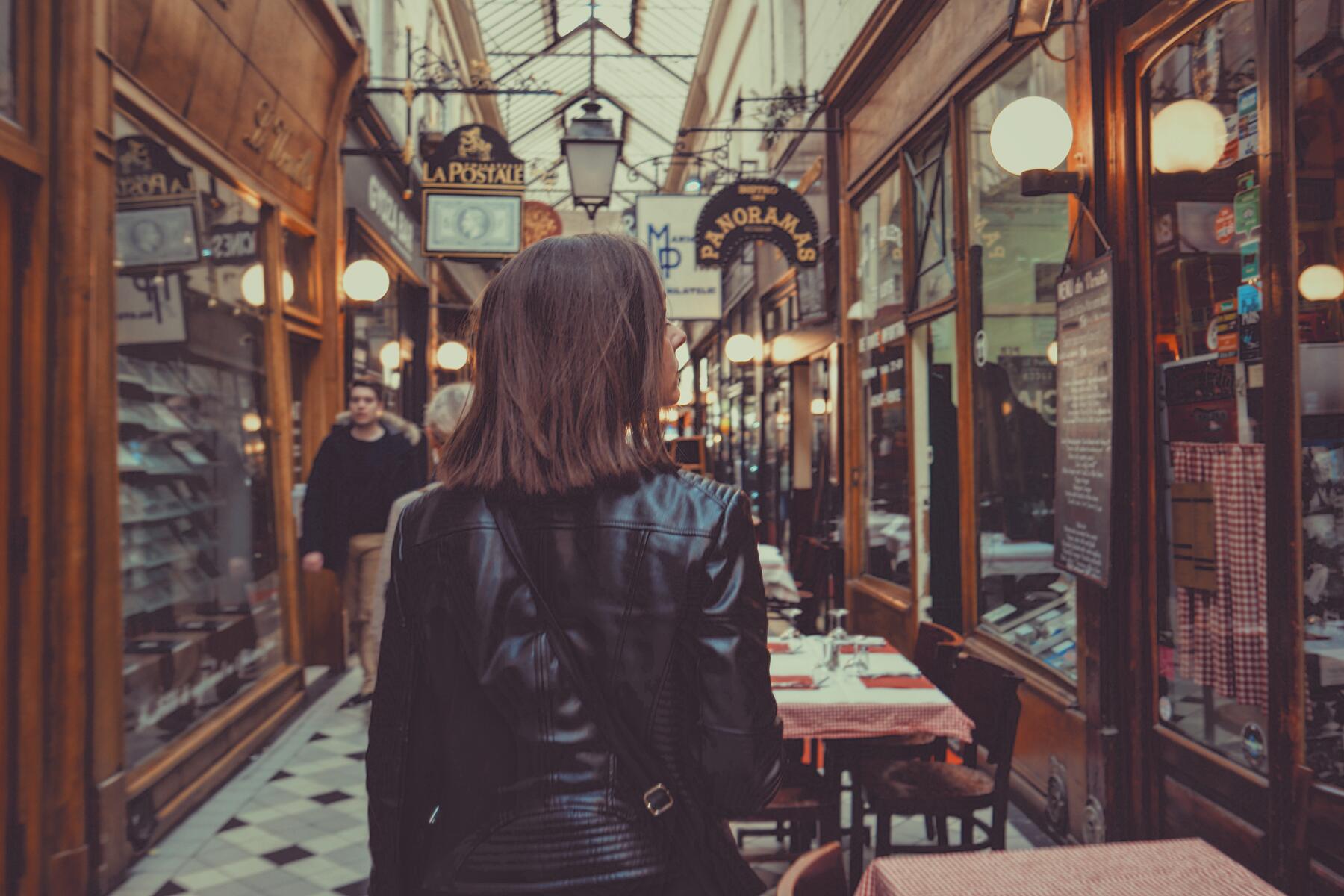The trick in France is to drink locally. Visit a vineyard where there is a sign saying Dégustation Gratuit, which means you can taste for free, and if you like it, buy it. In all wine regions, there are wine shops selling en vrac, which means you take your own bottle and pour yourself some of the local wine from a big vat for $2 per litre or less. It’s perfect for a picnic lunch. Then there are the street markets, where you will almost always find a wine-maker selling his wine by the bottle or the box. You can often taste before you buy at the markets. Even in northern France, where local wines are very rare, markets should be your first stop. Then try the wine bars, and only then the supermarkets.
Although there are prized French vintages worth over $5,000, you can find a generic bottle of Bordeux in the French supermarkets for $2.50. The key to buying wine in France is understanding the price points. As a general rule, never pay more than $10 for an everyday table wine. For dinner with friends, wine in the $10–$18 range will do the trick, while for special occasions you can find a splendid bottle to bring home for just $25.
Recommended Fodor’s Video
Bordeaux
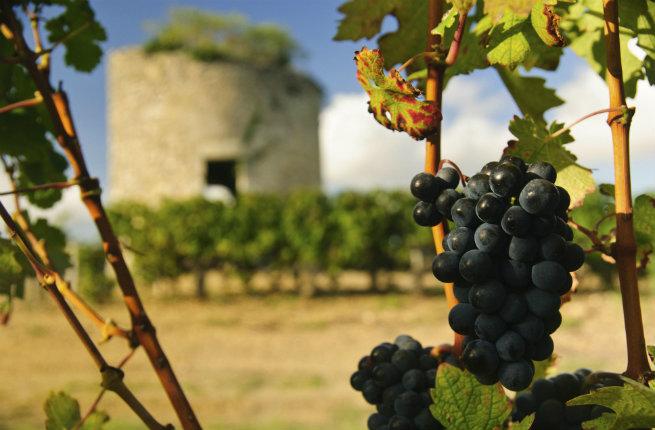
The proximity of the ocean and the temperate climate it brings (much like California) makes the wines of Bordeaux special. The long and low Médoc peninsula might not last this century due to rising sea levels, which would be a harsh blow to the very soul of France. Most Bordeaux wines are a blend of Merlot (for its velvety richness and depth) and Cabernet Sauvignon (for fruit and body). The top quality Grand Cru wines from the grand chateaus of the Médoc peninsula and from Pomerol and St Emilion are very expensive but some of the lesser known Margaux and St Julien wines can be had for under $30. Excellent red wines from Pessac-Léognan, Lalande de Pomerol, and Montagne de St Emilion can be had for as little as $20, as can good white wines from Graves and Côte de Blaye. The best sweet white wines of Sauternes are too costly for most pockets so instead drink the golden Monbazillac wine from the Bergerac at a fraction of the price—it goes just as well with foie gras and desserts.
PLAN YOUR TRIP: Visit Fodor’s Bordeaux Guide
Burgundy
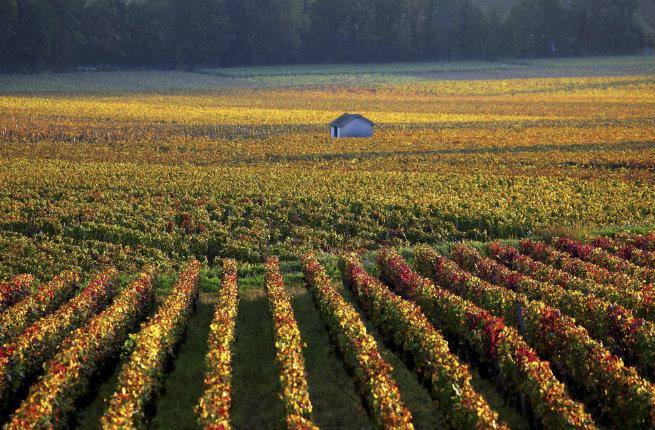
A great white Burgundy like a Corton Charlemagne or a red from the Hospices de Beaune can be some of the finest drinking you will ever know, but they are forbiddingly expensive. The vineyards run down the picturesque valley of the river Saône from Dijon in the north, where you find the Côte de Nuits (named for walnut trees) and below it the Beaune region, down to Macon where you find the gloriously velvety Pouilly Fuissé whites. They use almost exclusively Chardonnay for the white wines and Pinot Noir for the reds. You can get excellent less famous village wines like Volnay, St Aubin, Puligny-Montrachet and Chassagne-Montrachet for around $20. If you want to splash out, buy a bottle of the glorious red Pommard for around $40 and you will be rewarded by an experience and a memory to treasure.
PLAN YOUR TRIP: Visit Fodor’s Burgundy Guide
Beaujolais
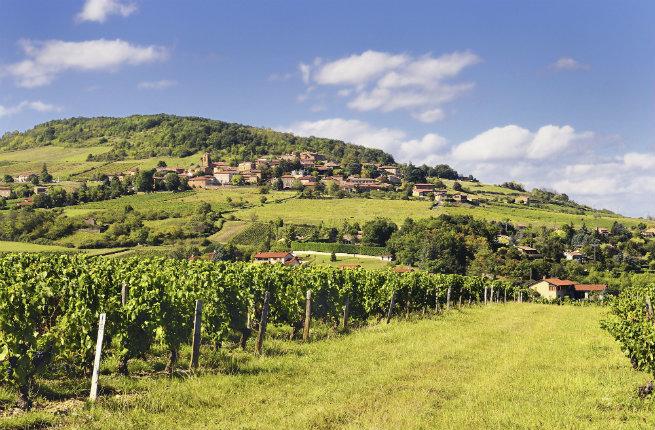
South of Burgundy comes the Beaujolais region, which suffers from the brilliant marketing of Beaujolais Nouveau every November. Each year, the wine is promoted as vin nouveau, but it really is too young to be worth drinking. The marketing campaign has given the region a flashy image which understates the real quality of the area’s Brouilly and Moulin à Vent wines which show just what pleasure the Gamay grape can bring.
PLAN YOUR TRIP: Visit Fodor’s Beaujolais Guide
Rhône
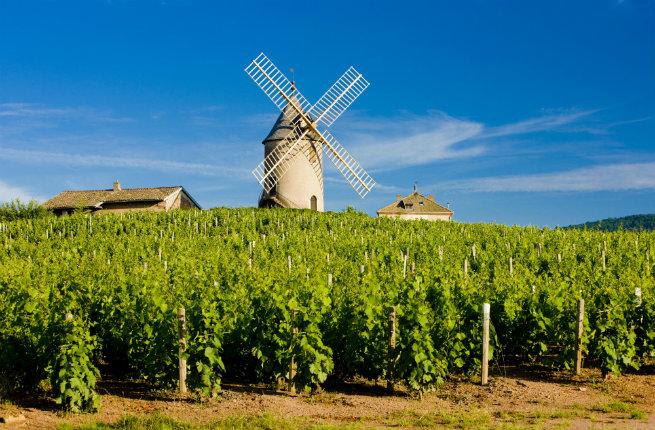
The fertile vineyards that run south along the Rhône river from the city of Lyon to the Mediterranean produce hearty and full-bodied red wines (mainly from the Syrah grape) and meaty whites from Viognier grapes. The great whites of Hermitage must be made from Marsanne and Rousanne grapes, seldom found elsewhere. But in the southern Rhône regional rules allow a dizzying mix of different grapes to be included like Cinsault and Mourvèdre. Most of the Côtes du Rhône reds come from the Grenache grape and are cheap, sound, and decent value. Depending on the local terroir, they can be extraordinarily good like Chateauneuf du Pape ($20 and up), which Napoleon liked so much he ordered French army units to salute whenever they marched past the vineyard. A Gigondas (made primarily from the Grenache grape) or a Vacqueras (usually $12 and up) makes a decent substitute. A Vieux Télégraphe has a lovely toasty, almost peppery flavor from the stones that cover the vineyard and retain much of the sun’s heat. The rosé wines of Tavel are rather special. Known as the wine of kings, they are grown in a valley with its own micro-climate. The fortified wines of Beaumes-de-Venise have a huge following in France.
PLAN YOUR TRIP: Visit Fodor’s Lyon and the Alps Guide
Loire
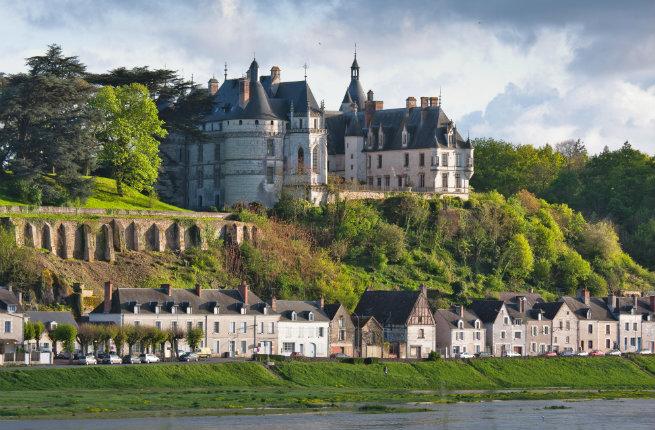
The crisp and flinty white Muscadet wines of the Loire valley are made to accompany seafood. I prefer the ones made sur lie, which means the wines are allowed to stay on the lees, the dead yeast cells left over after fermentation, and absorb more flavor and complexity. Fairly far north, the vineyards were devastated by a prolonged freeze in 1709 and the “Sun-King,” Louis XIV, ordered them replanted with the Melon de Bourgogne grape which thrived. Further upstream towards Orleans come the Sancerre vineyards of Sauvignon Blanc grapes, making a slightly tart but elegant white wine. Across the river are the celebrated Pouilly Fumé vineyards. The wines are all shaped by a distinctive terroir, a great belt of chalk that stretches from the Chablis region of Burgundy west through the Loire and all the way north to the Champagne region around Reims and to the white cliffs of Dover across the Channel in England.
PLAN YOUR TRIP: Visit Fodor’s Loire Valley Guide
Alsace

Bordering Germany, Alsace produces very good white wines that are the French equivalent of German Rieslings. Sylvaner and Gewurtztraminer flourish this far north and on the often dramatically steep hillsides that flank the rivers. The French wines tend to be fully fermented and thus a little drier than the German counterparts. Drinking a glass of cool Riesling in the May sunshine while eating fresh white asparagus with Hollandaise sauce, new potatoes, and some local ham is a delightful experience.
PLAN YOUR TRIP: Visit Fodor’s Alsace-Lorraine Guide
Bergerac
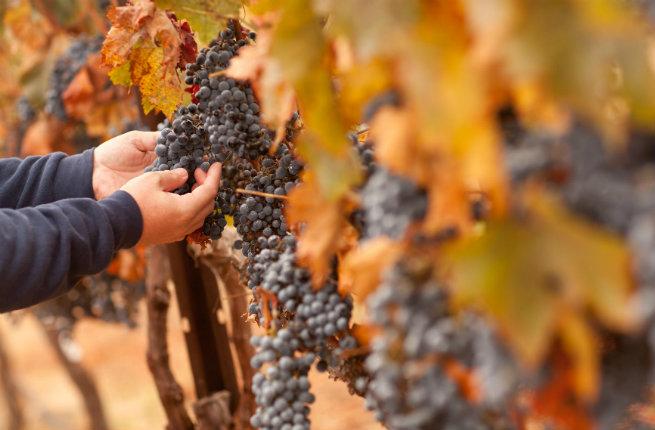
I’m lucky I live in the Perigord region of south-western France—the gastronomic heartland that produces the black truffles and foie gras the French adore. The region is also home to the delightful wines of Bergerac, which are not well-known outside France because they are rarely exported. The Bergerac Sec white wines are fresh, flowery, and refreshing, and offer an extraordinary bargain at $5–$8 a bottle. Pierre Desmartis of Chateau de la Vieille Bergerie has won three successive gold medals in Paris for his white wines and I defy anyone to find a better wine at his price (around $10).
For red wines, I’m spoiled for choice in the Bergerac. I love the lordly Pécharmant wines of Chateau de Tiregand ($–$20, depending on the year), which in blind tastings often beat snooty Bordeaux wines costing three times as much. For less than $10 I can enjoy the luscious, chewy Bergerac red of Christian Roche at La Vieille Cure or Daniel Hecquet’s Chateau Puy-Servain from the Montravel district. And if I want a California-style fruit bomb that explodes with taste, I buy a Chateau de la Jaubertie, cuvée Mirabelle, for around $15.
Bergerac is remarkable for the large and growing proportion of its vineyards that are organic and bio-dynamic and for the large proportion of women winemakers—several of them migrants from elsewhere. From England, Patricia Atkinson’s Clos d’Yvigne is the best known, but the Chateau K of Katarina Mowinckel (from Norway) makes fine wine, and Caro Feely (from Ireland) of Terroir Feely makes terrific wine and does lunches, wine tours, and rents out cottages in the vineyard. I enjoy her red and white wines a great deal.
PLAN YOUR TRIP: Visit Fodor's Bergerac Guide
These days, however, my usual red wine is my own Cuvée Bruno, named for the fictional hero of my crime novels which are set in the region. With my friends at the Julien de Savignac vineyards I selected the grapes and spent many happy hours tasting and choosing the blend of Merlot, Cabernet Sauvignon, and Cabernet Franc before we put the wine into oak barrels for six months. It is around $8 a bottle from [email protected].
Martin Walker, author of the “Bruno” series of mystery novels is also a Grand Consul de la Vinée de Bergerac, a body founded in the year 1254 AD to uphold the quality of the region’s wines, and chairs the jury for the Prix Ragueneau cookery prize.
